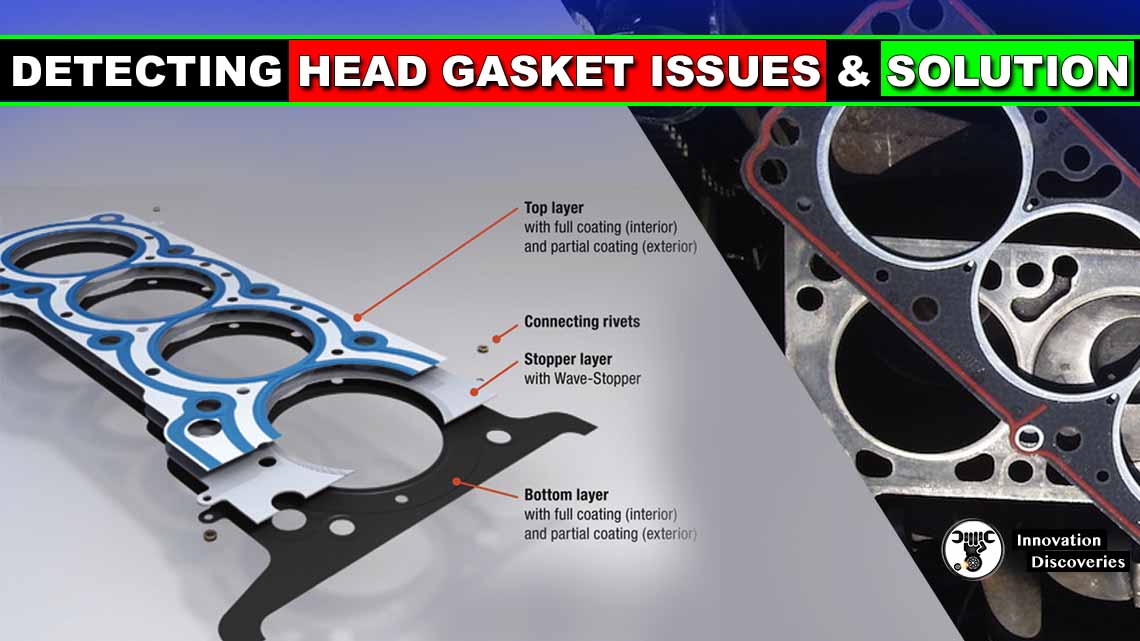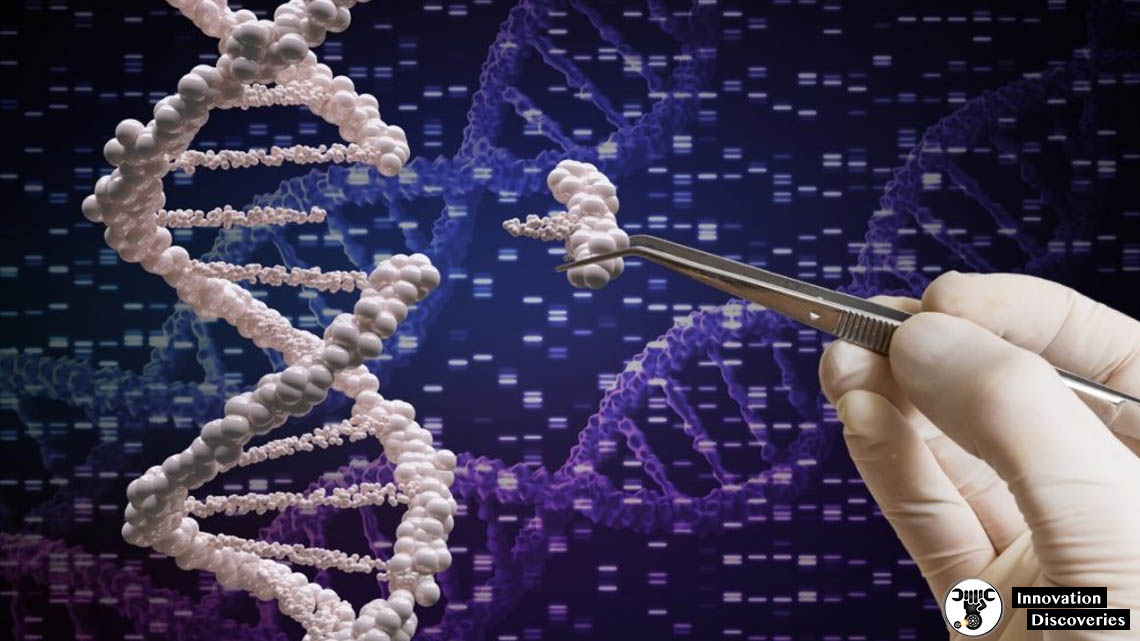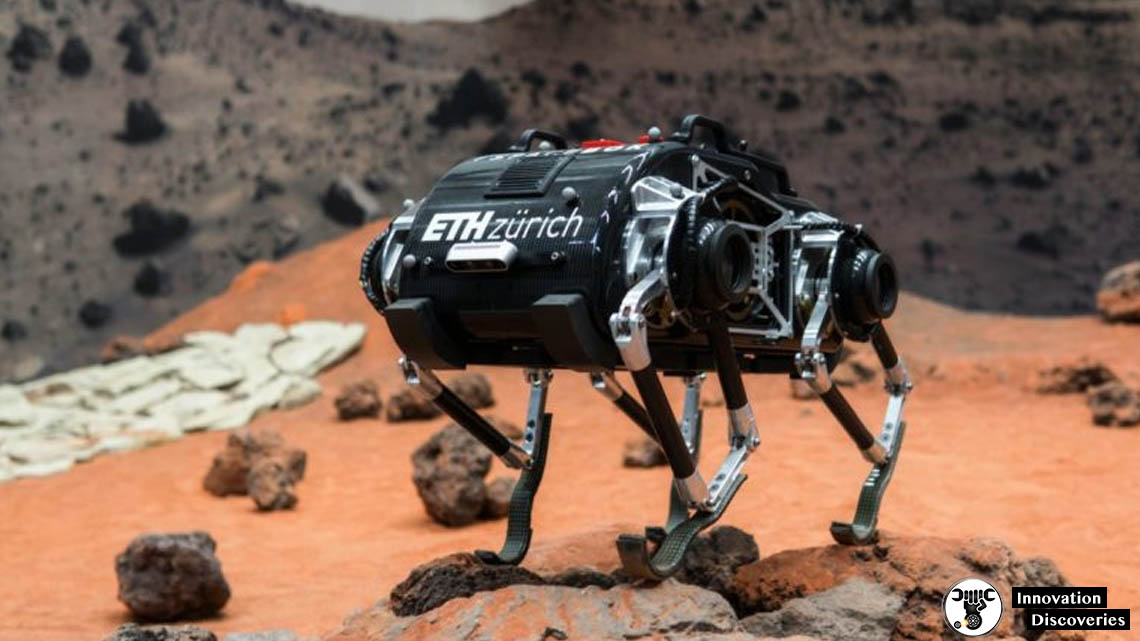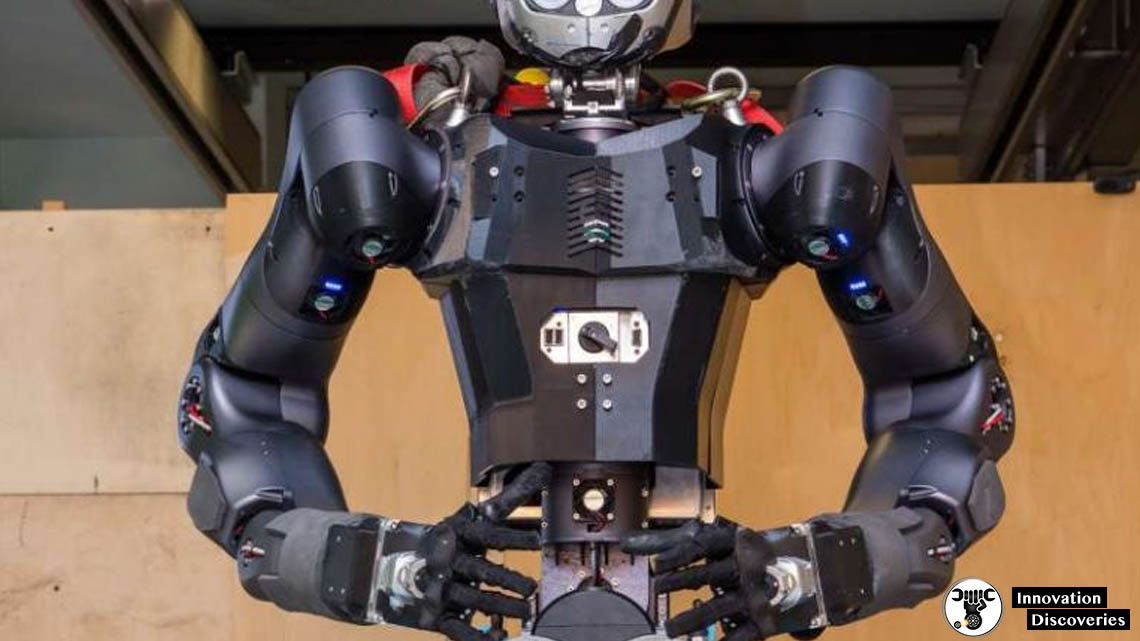
A vehicle’s engine-cooling system serves not just to keep the engine cool, but to also keep its temperature warm enough to ensure efficient, clean operation.
Read More: HOW AN ENGINE COOLING SYSTEM WORKS
System components include a radiator to dissipate heat, a fan or fans to ensure adequate airflow for radiator cooling, a thermostat valve that opens when the desired operating temperature is reached and a water pump (or coolant pump) to circulate coolant through the engine, hoses and other components.
Read More: DRAINING AND REFILLING A FULLY SEALED COOLING SYSTEM
Most vehicles now employ an expansion tank that allows the coolant to expand, and exit, the cooling circuit when hot, and to return when the car is turned off and the engine cools.
The cooling system also incorporates elements of the cabin’s ventilation system, because engine heat is used to warm the car’s interior.
While running, an engine continuously produces heat and converts it into power.
This heat is derived by burning fuel in the engine. But as we all know, there is no engine in the world which is 100% efficient.
Read More: CAR COOLING SYSTEM – WHAT TO DO TO KEEP ITS COOL?
There is always some amount of heat energy which gets wasted. If we do not transmit this heat energy into the atmosphere, this heat will overheat the engine.
This overheating will result in engine seizing. In engine seizing, due to excess heat piston gets melted inside the cylinder.
It avoids this trouble of overheating a car is provided with an engine cooling system.
Also, read: HOW TO CHANGE COOLING-FAN SWITCH IN YOUR VEHICLE
An engine cooling system is a system integrated with the engines. It carries away excess heat from the engine with the help of a flowing fluid.
This fluid can be air or water or we can say there are two types of cooling systems.
1. Liquid or indirect cooling system
2. Air or direct cooling system
LIQUID OR INDIRECT COOLING SYSTEM
In a liquid cooling system, an engine is surrounded with water jackets. With the help of a pump, this water gets circulated in this water jacket.
Water flowing in these jackets takes out heat from the engine.
This hot water then flows through a radiator, where it gets cooled from the cold heat blown through a fan.
In this system, the water takes heat from the engine and that water gets cooled by the air and then again gets circulated to the engine.
This is an indirect cooling process, where the actual cooling thing that is air is not directly cooling the system.
The air is cooling the water and water is cooling the engine. Liquid or indirect cooling system is mainly used in big engines, like that of cars and trucks.
Advantages
- The compact design of engines
- It provides even cooling to the engine
- The engine can be installed at any location of the vehicle. It is not necessary to install an engine at the front.
- It can be used in both small and big engines
Limitations
- Here water jacket becomes one extra part of the engine.
- Water circulation consumes power, thus reduces engine efficiency.
- In case of failure of the cooling system, serious damage could happen to the engine.
- Cost of the system is considerably high.
- It requires routine maintenance, and thus puts extra maintenance cost burden.
AIR OR DIRECT COOLING SYSTEM
In a direct cooling system, an engine is cooled directly with the help of air flowing through it.
It is the same cooling system which is used to cool our bike engines. As we can see here, the air is in direct contact with the engine hence it is also known as a direct cooling system.
Air cooling system is used for small engines, like that of bikes and grass cutter, etc.
Advantages
- Design of the engine becomes simpler.
- Repair is easy in case of damages.
- Absence of bulky cooling system makes system maintenance easily.
- No danger of coolant leakage.
- The engine is not subjected to freezing troubles.
- Weight of the system is less.
- It is a self-contained unit, as it does not requires a radiator, header, tanks, etc.
- Installation of the air-cooled system is easy.
Limitations
- It is applicable to only small and medium-sized engines.
- It can only be used at the places where ambient temperatures are lower.
- Cooling is not uniform.
- Higher working temperature as compared to water-cooled engines.
- It produces more aerodynamic noise.
- Specific fuel consumption is slightly higher.
- Lower maximum allowable compression ratios.
- The fan, if used consumes almost 5% power generated by the engines.
Characteristics of an efficient engine cooling system
Following are two main characteristics of an efficient engine cooling system
- It should be capable of removing about 30% of the heat generated in the engine while maintaining an optimum working temperature in the engine.
- It should remove heat at a faster rate when the engine is hot and remove the engine at a slow rate when the engine is cold.
Read More:
- SYMPTOMS OF A BAD RADIATOR CAP (AND HOW TO INSPECT)
- BLEED A RADIATOR AT HOME EASILY
- HOW TO APPLY A TEMPORARY REPAIR FOR UPPER RADIATOR HOSE?
- CAR RADIATOR HEATING UP? 5 RADIATOR FAN PROBLEMS THAT YOU NEED TO KNOW
- HOW TO REPLACE DEFECTIVE HOSES AND WEAKENED COOLANT IN AN AUTOMOBILE
- HOW TO CHANGE COOLING-FAN SWITCH IN YOUR VEHICLE
- WORKING OF THERMOSTATS
- THE POTENTIAL CONSEQUENCES OF OVERFILLED COOLANT RESERVOIR TANK
- CHECKING HEATER AND VENTILATOR OUTPUT
- CAR THERMOSTAT FUNCTIONS, FAILURE SYMPTOMS, AND REPLACEMENT COST
Visit Forum
Visit Our Friendly Website

Read More:
- SUPERCHARGER AND ITS TYPES
- TWIN SCREW SUPERCHARGERS
- HOW AUDI’S ELECTRIC SUPERCHARGER ELIMINATES TURBO LAG
- HOW DOES A SUPERCHARGER WORK?
WONDERING “WHY ARE DIESEL ENGINES NOISY?” THE REASONS
DETECTING HEAD GASKET ISSUES AND THE SOLUTION






nice information
but one think i want to ask to
that i heard about oil cooling system
is a seperate thing or comes under water cooling